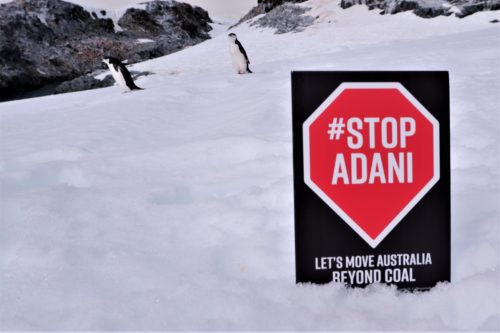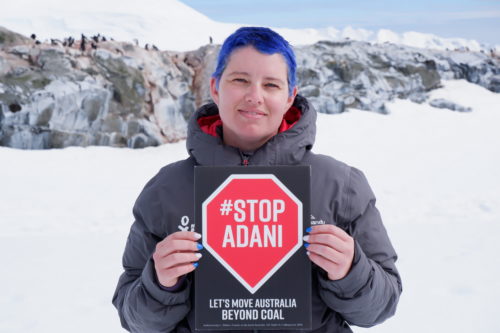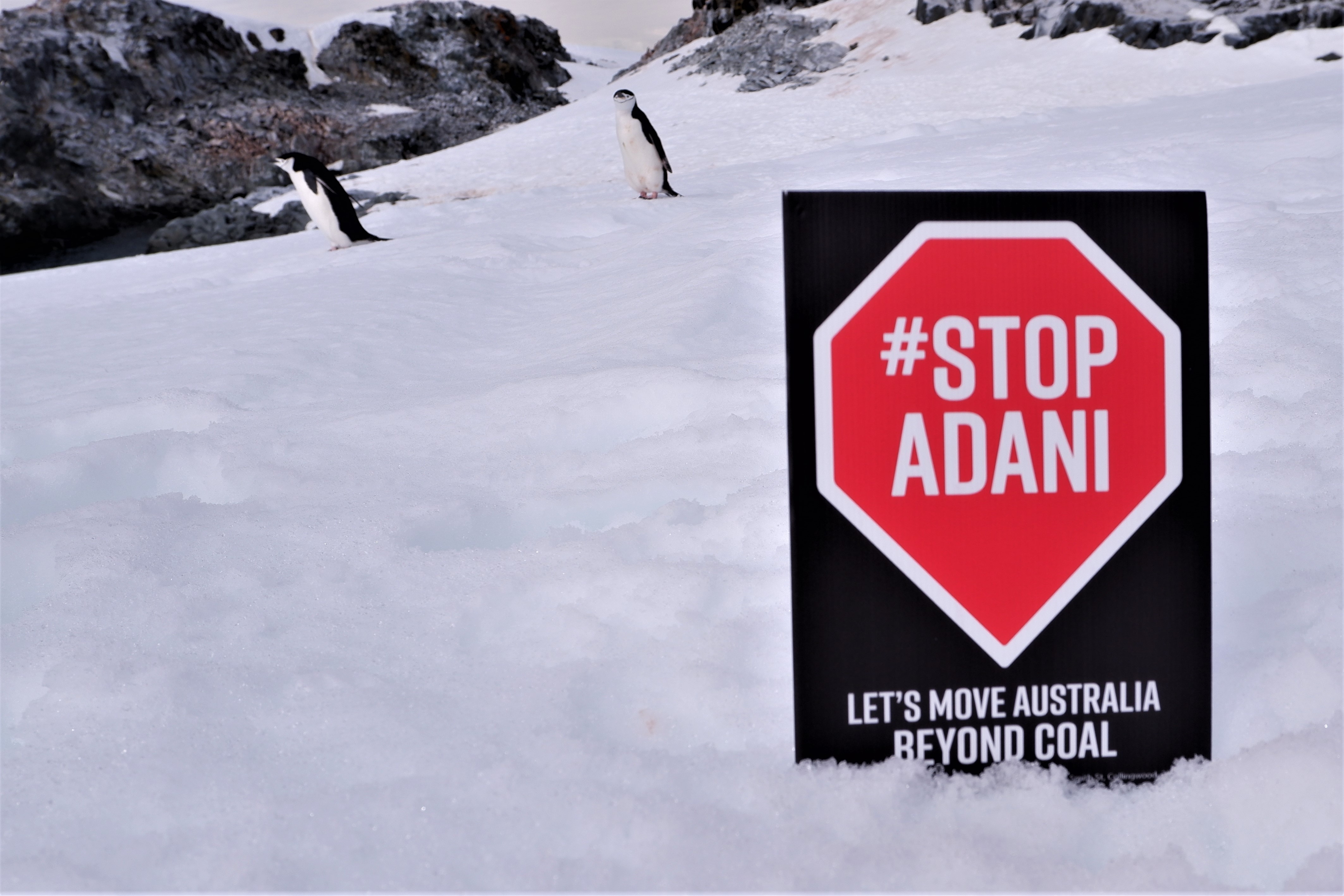
 The penguins in these photos are chinstrap penguins – they’re not as affected at the moment from climate change as some other species (it was thought a few years ago that they might not be affected much as they tend to live in the warmer areas and rely less on sea ice). But of course as climate change causes decrease in abundance of krill (with commercial fishing also putting pressure on this species) some chinstrap populations have been in decline. A study from a few years back was looking at some colonies having declined by around 30-35%, and attributed this to climate change. So they’re certainly not having an easy time.
The penguins in these photos are chinstrap penguins – they’re not as affected at the moment from climate change as some other species (it was thought a few years ago that they might not be affected much as they tend to live in the warmer areas and rely less on sea ice). But of course as climate change causes decrease in abundance of krill (with commercial fishing also putting pressure on this species) some chinstrap populations have been in decline. A study from a few years back was looking at some colonies having declined by around 30-35%, and attributed this to climate change. So they’re certainly not having an easy time.
Some of the other penguins we met, the adelie penguins, are listed as near threatened. They’re one of the true Antarctic penguin species, who rely on sea ice, so they are in a bit of trouble with current loss of sea ice, plus decreases in krill populations. The third type we met were gentoos – and in their case populations have been increasing. Gentoos are less reliant on krill populations than the chinstraps and adelie’s.
Penguins aside, while on the trip our expedition leaders pointed out numerous areas where they’ve seen changes over their many years of travelling to Antarctica – especially receding glaciers. Near some research stations they had markers where the edges of glaciers used to be – and some have receded km’s over the last decades. So certainly a really visible sign that things are changing.
By Mary MacMillan
Disclosure statement: Iain MacKay (SLA editor) at Science in the Club Armidale event won a bidding competition for Homeward Bound global leadership program recipient to have an object taken to Antartica to get photos taken. Iain gave Mary a #StopAdani sign for those photos.
